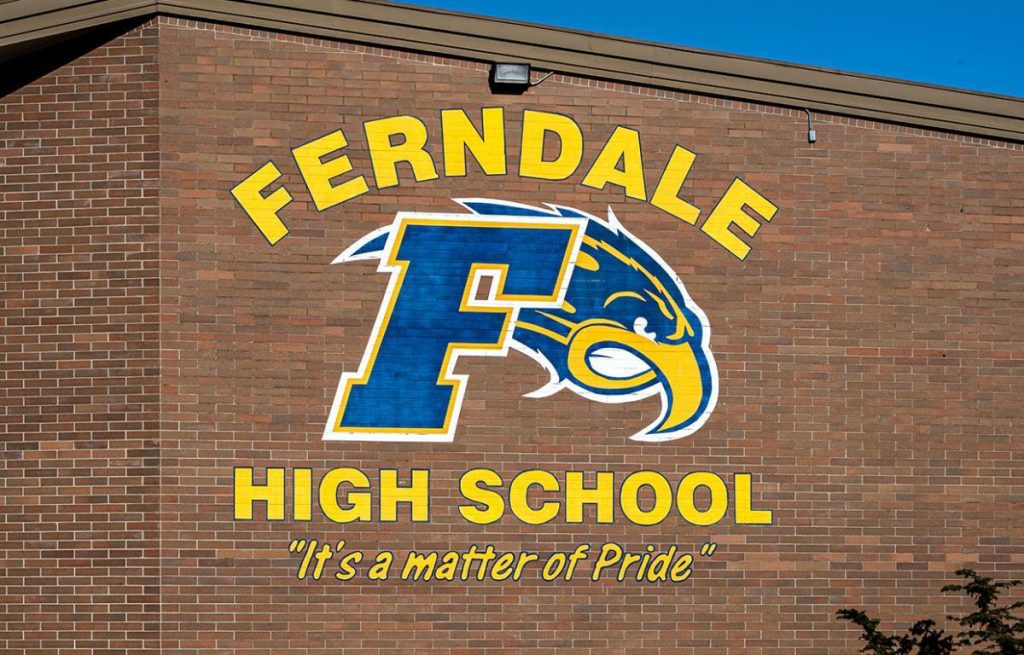Located on the western side of Pittsburgh, the Ferndale area is a diverse community filled with families who have moved here because of its proximity to the Pittsburgh Zoo and Aquarium. Its rich history also makes the area a great place to retire.
Average testing ranking is 5/10
Among the 579 students who attend Ferndale Public Schools, a large portion of them are minority. The district’s minority enrollment is 23 percent. This is slightly less than the average of 37% for public schools in Pennsylvania. In addition, the district’s graduation rate has improved from 80 to 89% over the past five years.
Among the student population, 62% of the student body is proficient in reading. Moreover, 44% of the students are proficient in math. Currently, the Ferndale Area School District is ranked within the bottom 50% of all 701 public school districts in Pennsylvania for the 2018-2019 school year. The district’s average testing ranking is 5/10, making it one of the least-performing schools in the state.
In addition, the Ferndale Golden Eagles traveled to Kennewick High School for a “regional play-in” game. After trading 3-point shots for 16 minutes, the team managed to win the second half. The team ended its season 80-62.
School revenue/student has grown 18% over four school years
During the past four years, the Ferndale Area School District has increased the number of students, raised the graduation rate, and seen a growth in revenue per student. While these improvements may not be impressive on their own, they are a welcome sign to the community.

A new bill introduced in the state legislature by senator Janet Cruz would make the state’s school finance system more efficient. The bill would allow the state to invest about half of new funds in K-12 schools. However, school districts have expressed some concerns over the program, and the state legislature may not be as eager to enact the legislation. The bill is unlikely to become law in the Republican-controlled Legislature, though.
The bill also includes a new funding model, the “Schools and Communities Transformation Grant,” which would be available to counties and school districts. This model would offer flexibility to jurisdictions in the decision-making process. The funds would be paid to counties and school districts in 30 days after they execute the agreement.
Student-teacher ratio is 11 to 1
Having an eleven to one student to teacher ratio may not sound like much, but it’s actually a pretty decent statistic. Ferndale Area School District is home to five84 students, ranging from pre-kindergarten to grade twelve. Despite the relatively small student population, the district spends a substantial amount of money on instruction and support services. The district’s annual revenue is $11,919,000, which is about $18,175 per student.
There are two schools within the Ferndale Area School District, including Ferndale High School. Ferndale Middle School employs 27.5 full-time teachers, with an average total spent per student of $12,151.
The student-teacher ratio may not be the most efficient way to educate a child, but it does offer some interesting advantages. A smaller class size allows teachers to devote more attention to individual students, and to provide tailored assistance to struggling learners.
Specialized education for students and hearing
Whether you’re a parent or a teacher, there’s a specialized education for students and hearing in Ferndale area that may be right for you. You can find services for children with learning challenges or disabilities, such as autism or deafness.
If your child has an IEP (Individualized Education Plan), they will receive services and educational programs that are individualized to meet their needs. The Individualized Education Program team, which includes parents, will decide on the appropriate programs for your child and make sure they get the services they need in the least restrictive environment possible.
If your child has a severe hearing loss, they may also have trouble communicating and may have poor social skills. These students can benefit from visual systems of communication to help them communicate more effectively. They can also receive assistive listening devices.



